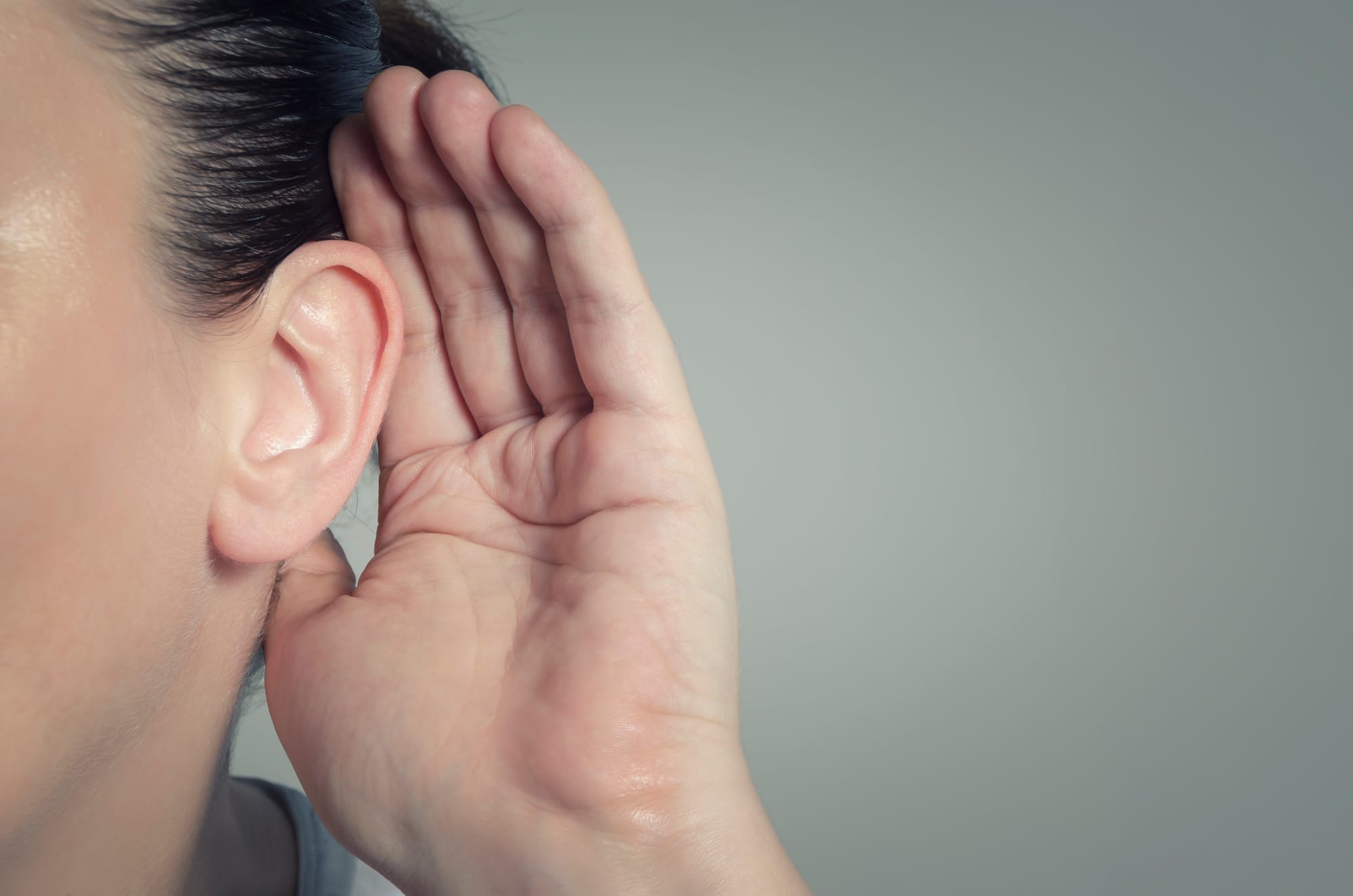Unlock the Power of Active Listening in Veterinary Practice

This week, we embark on a journey to master a crucial yet often overlooked aspect of communication within our veterinary practice: active listening.
In many veterinary practices, the culture of communication can sometimes shift from constructive to critical, leading to a cycle of complaints rather than solutions. Addressing this issue requires a proactive approach to foster a positive and efficient work environment.
Effective communication isn't merely about sharing our thoughts or expertise; it’s fundamentally about how we listen to and understand the concerns and needs of pet owners and our colleagues.
What is Active Listening?
Active listening involves giving your full attention to the speaker, understanding their message, responding thoughtfully, and retaining what has been discussed. It's about engaging with both clients and team members without judgment, focusing beyond the words spoken to the emotions and intentions behind them.
Why is Active Listening Important in Veterinary Care?
Active listening deepens our empathy and enhances our connections, making pet owners feel respected and valued. This is crucial in building trust and reassurance with clients who are often stressed or anxious about their pets' health.
It also sharpens our problem-solving skills by ensuring we fully grasp the concerns or conditions being described, which leads to more accurate diagnoses and effective treatments.
Moreover, active listening can prevent misunderstandings that may lead to dissatisfaction or complaints, fostering a more harmonious and cooperative workplace.
Practical Strategies for Active Listening
To enhance your active listening skills, maintain eye contact to demonstrate your engagement. Avoid interrupting while a client or colleague is speaking, showing respect and patience.
Reflect on what has been said by paraphrasing or summarizing, which confirms understanding and signals that you are genuinely involved in the dialogue.
Use nonverbal cues like nodding or appropriate facial expressions to convey empathy and understanding, making the speaker feel acknowledged and supported.
Your Challenge This Week
I encourage each of you to apply active listening in your interactions at the clinic. Whether it's consulting with a pet owner, collaborating with a colleague, or even during your breaks, focus on listening more attentively. Reflect on how this approach may change your interactions and enhance your understanding of the situations at hand.
Active listening has the power to transform our everyday exchanges into more meaningful connections and lead to greater insights and harmony within our practice. I look forward to hearing about your experiences with this powerful skill.
Here’s to better communication through better listening!
Cheers,
Lenore Harrison CVPM, CVBL, CCFP